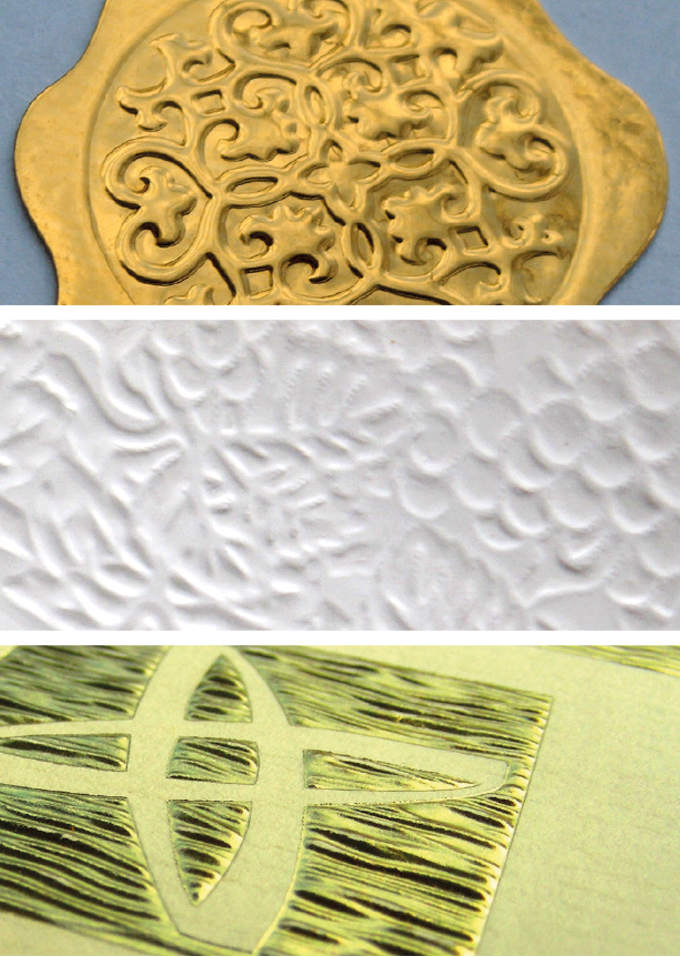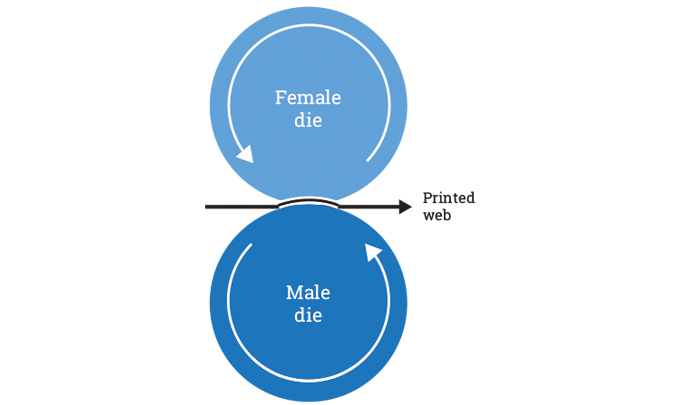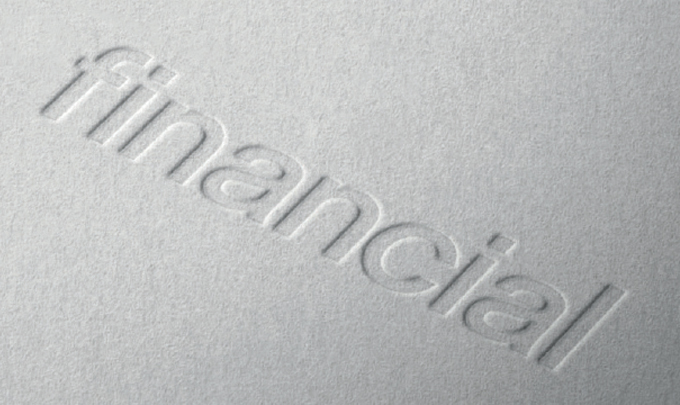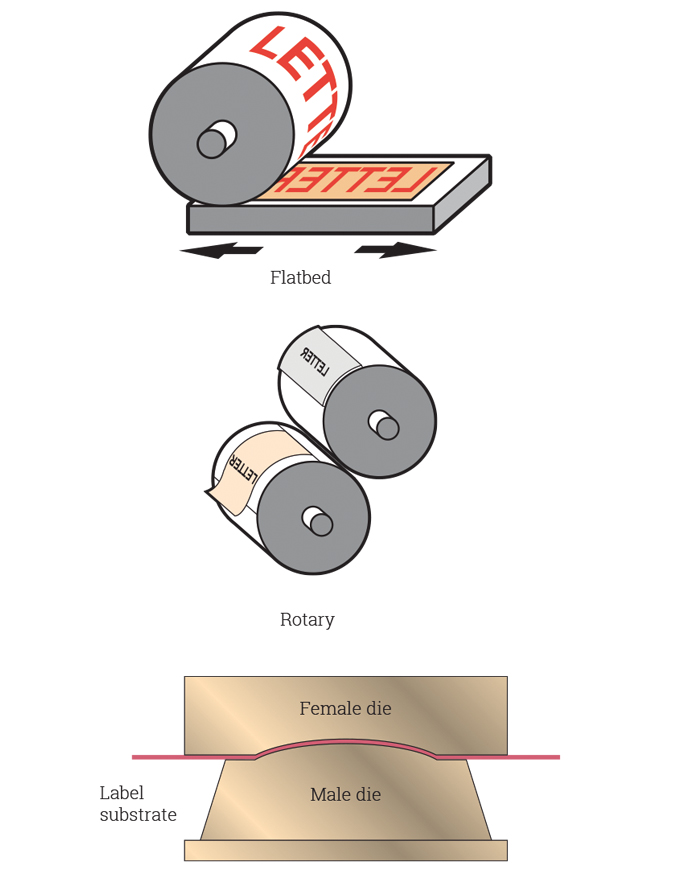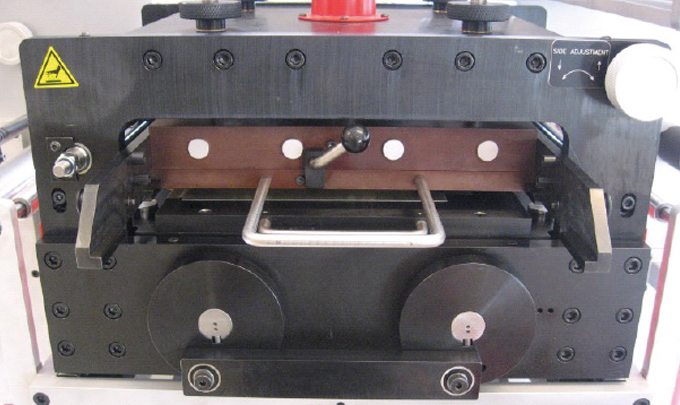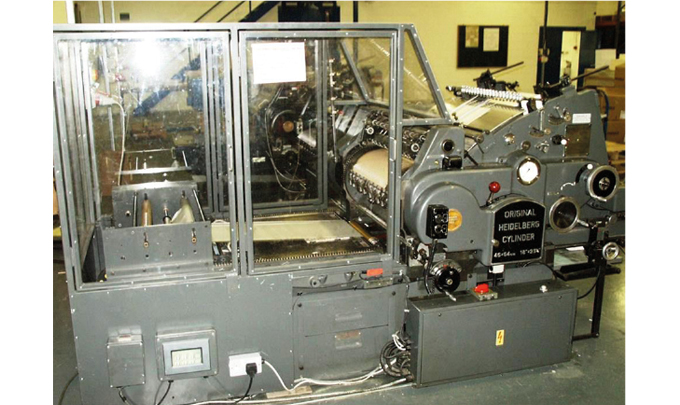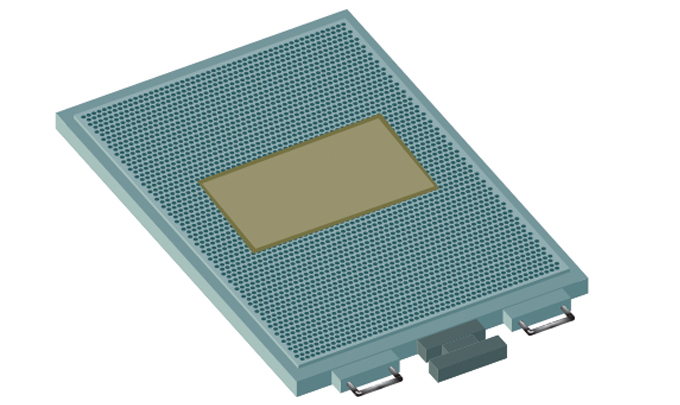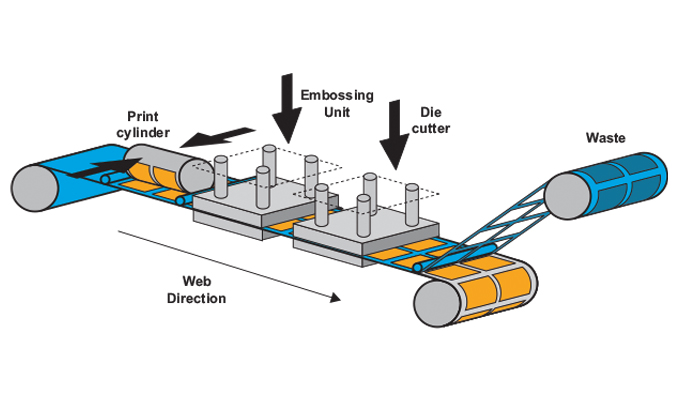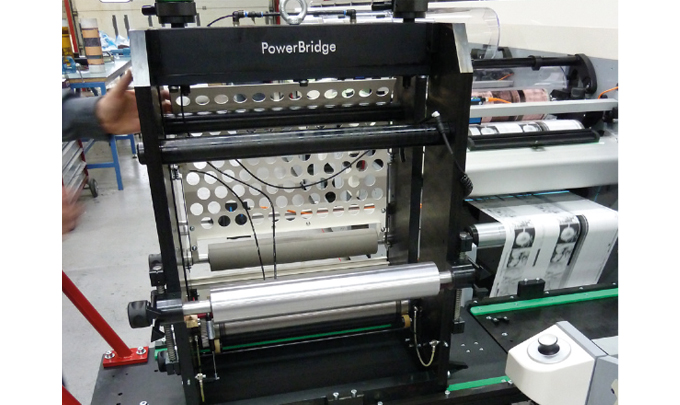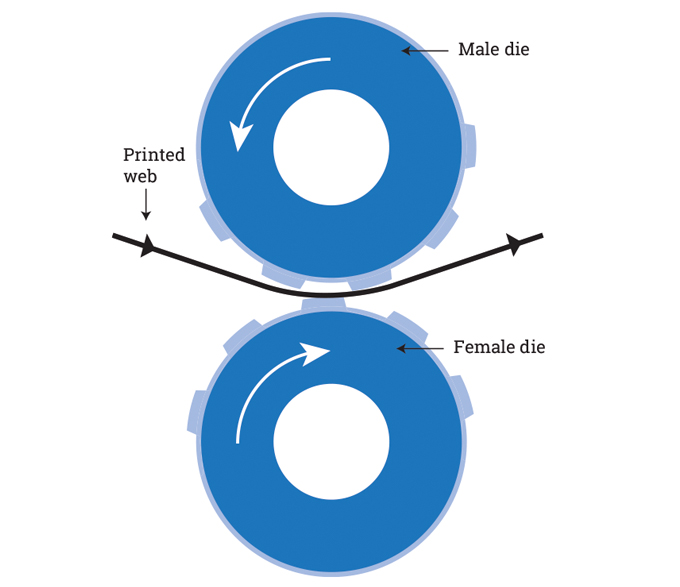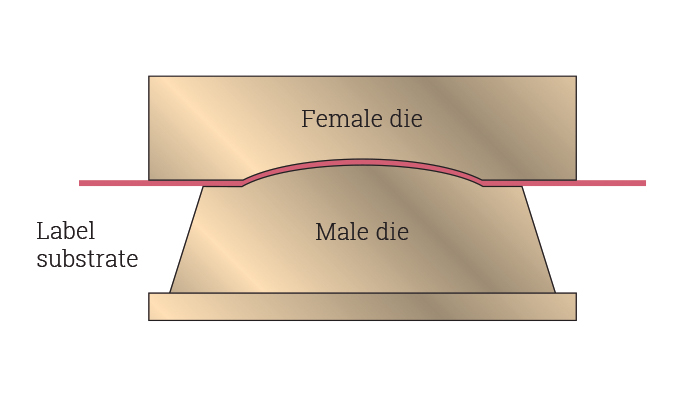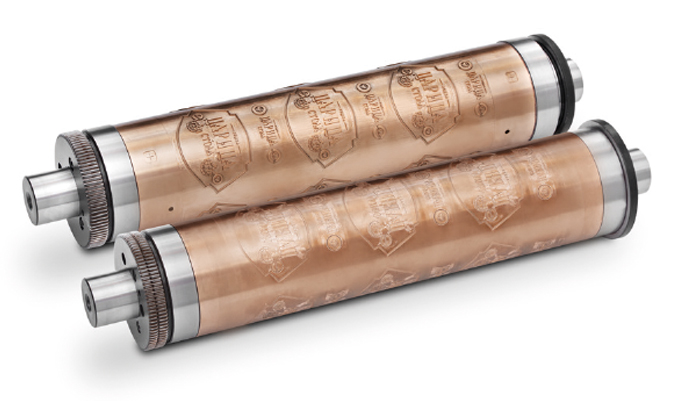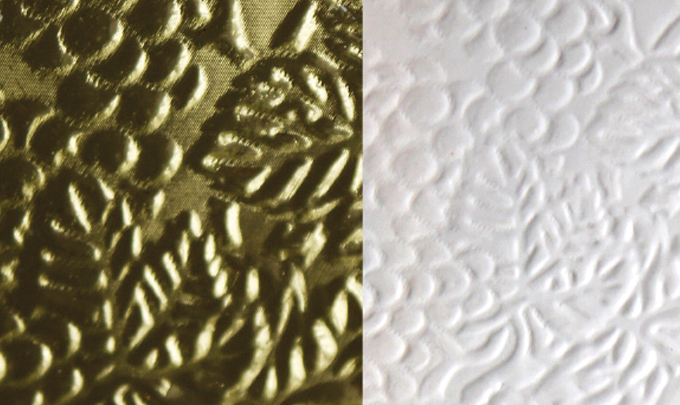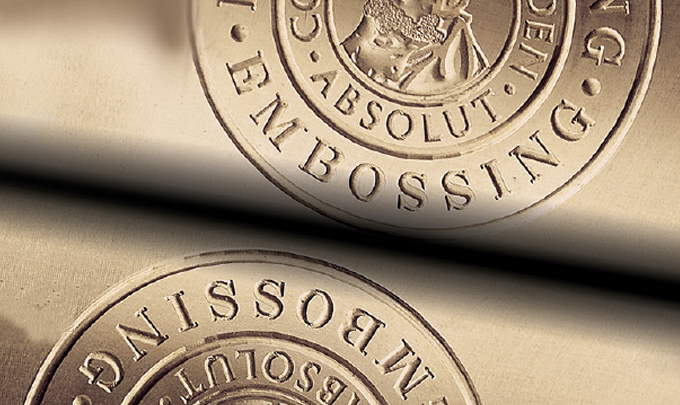★You are viewing this content as a subscriber
★Subscribers only
Embellishments: embossing
A guide to adding elegance and a tactile quality to any paper based labelstock or substrate
Embossing is a technique that adds a distinctive elegance and a tactile quality to any paper based label-stock or substrate.
It is used to raise a specific part of the label design above the label surface to create a new dimension to the pack design.
Stay up to date
Subscribe to the free Label News newsletter and receive the latest content every week. We'll never share your email address.
